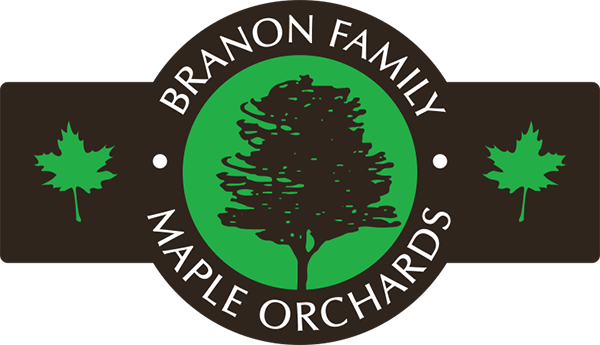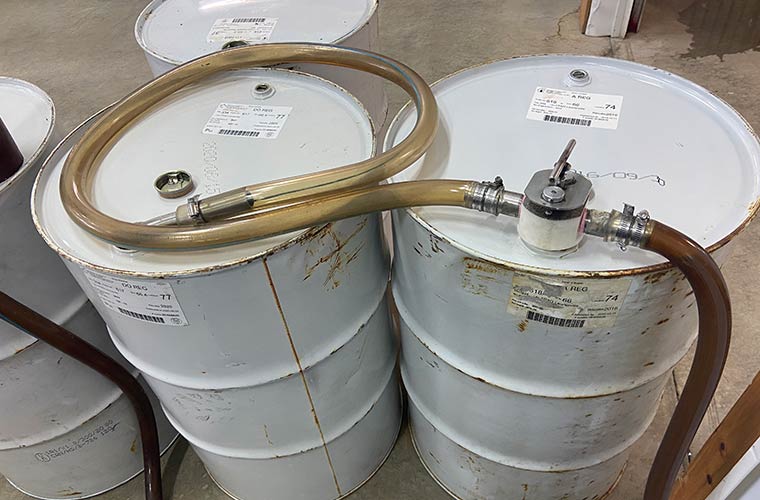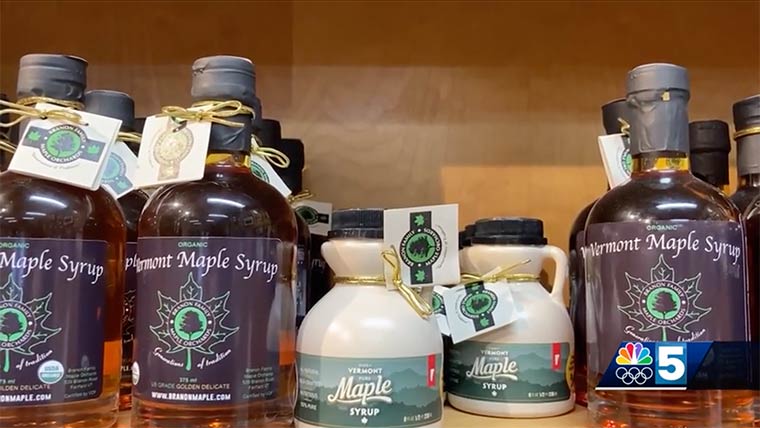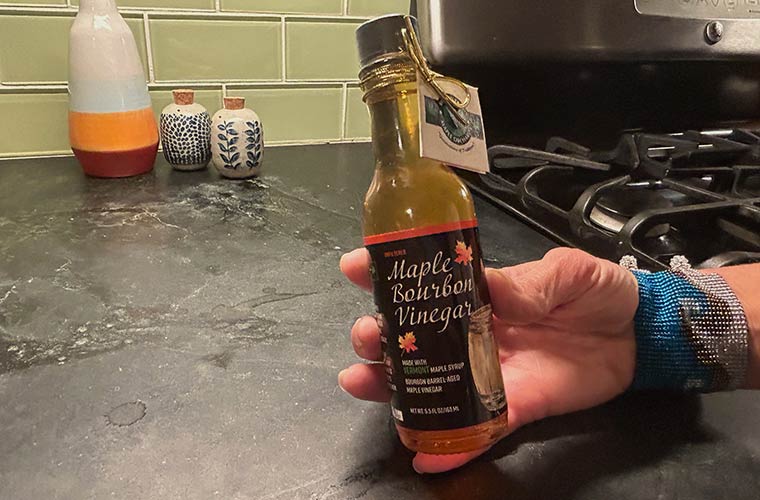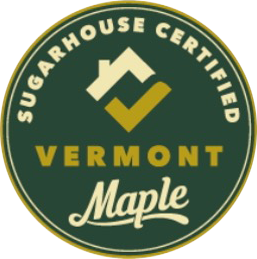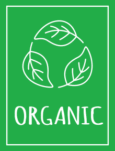A Sweet Partnership As the calendar turned to 2025 and we finished our end-of-year paperwork,…
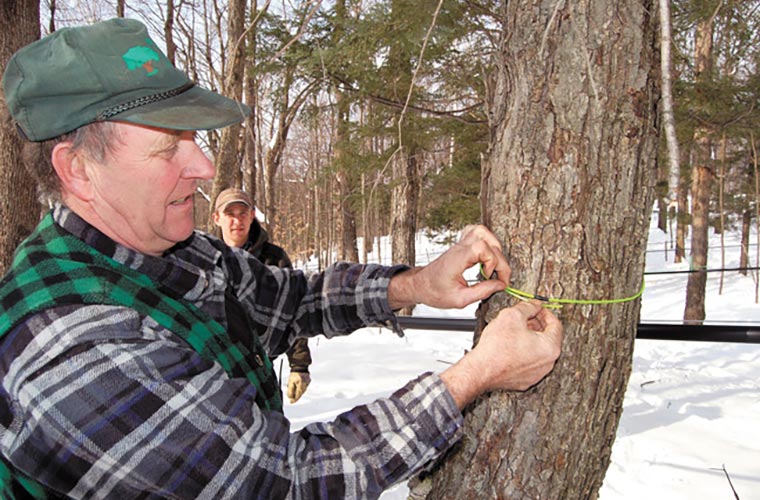
Branon Family Values
Maybe it came from the cows.
Thomas Branon, patriarch of one of Vermont’s best known sugaring families, grew up on the family farm milking cows and tapping trees. As a sixth generation member of the farm in maple-rich Franklin County, Branon learned early to treat his moneymakers – the cows and the trees – with respect and care and they will return with lots of milk and sap.
Branon has long since sold the cows, but the maple business is now 66,000 taps strong and the Branon family philosophy is still at the heartbeat of the operation – treat the trees well and success will follow.
This has led to some of the most conservative tapping practices in the industry; practices Branon feels very passionate about.
“The most important part of all of this is the tree,” Branon said last month, standing outside his sugarhouse which sits in a saddle between two hillsides covered with hard and soft maples. “And be a good steward.”
From his childhood days, when he was just old enough to carry a King Tapper backpack and drill holes, to now in middle age, Branon has drilled hundreds of thousands of tap holes. So he has learned a thing or two. And he is adamant in passing that accumulated knowledge to his children and work crews.
“Precision and consistency. That’s what we strive for,” he said.
Branon, with wife Cecile and his crew of tappers, which include sons Evan and Kyle, works the woods with a discerning eye.
Rule number one: one tap per tree.
You read that right.
Even sizable trees in which most producers would easily drill two holes, get only one hole on the Branon farm.
Cecile Branon, who often has the role of “walker” checking the lines and leaks, said the family came to its conservative tapping guidelines through trial and error.
She said the farm used to tap trees as small as 9 inches diameter, but over the years those trees showed signs of dieback and were slow to grow.
They were also the trees most likely to leak on the vacuum system.
“They’re always the first problem on the line,” she said.
So with all new installations and re-installations, the 9-inch trees are coming out of circulation, she said.
She said many of her sugarmaker friends “think we’re crazy. But if we kill the trees off, our kids wont have anything.”
“We can do just as well being really careful than to risk something down the road,” she said.
During a tour last month of the family’s 2,500-acre sugarbush, Thomas Branon stood in front of a tree with nearly 40 inches in circumference (13 inches in diameter) and declared it a one-tapper.
“I wouldn’t dream of putting two taps in this tree,” he said.
A tree needs to be upwards of 60 inches in circumference before a second tap is drilled into it at the Branon farm, he said. And even then, the tree is likely to be one out in the open on relatively level ground.
The Branon’s work crew carry around measured-out pieces of weed whacker wire in their pockets that are used to wrap around trees to make sure they are the right size to tap.
Soft maples must be 34 inches in circumference (roughly 11 diameter) and hard maples 36 inches in circumference (more than 11 inches diameter) before they’re added to the Branon’s pipeline system.
Using the string takes the guesswork out of trying to tell if a tree is big enough or not.
“I’ve been tapping trees all my life and I still cant tell the size of a tree by eyeballing it,” Branon said.
He said sugarmakers should be careful not to get too many wounds into a tree. By tapping a tree only once per season, it leaves that much more room next year for a quality tap hole location, which will lead to better sap flow, he said.
Branon said he spends hours training his tapping crews before every season, even if they’re experienced tappers.
In the woods, as he approaches a tree, he circles it.
“I want to see footprints in the snow all the way around a tree,” he said, explaining that a tapper should search out the best location for a hole carefully.
“I’m checking to see where is last year’s hole. If I can see a hole I’m on the wrong side of the tree,” he said.
When ready to drill, Branon says a tapper should steady a drill with two hands, leveling the tool but leaving a slight 5 degree slope. Then get the drill to full speed before it hits the bark. Then a fast in-and-out.
“You’ve got to focus,” he said. “That is the most important thing when you pull the trigger.”
The Branons have a reputation of being the first operation to start tapping, usually the first week in January. This year, the first hole was drilled by Evan Branon on January 8.
With 66,000 taps to drill this year, the extra time is necessary. Branon says the family needs about 30 ideal weather days to get the holes drilled. They never tap if temperatures are below 20 degrees (to avoid tree splits).
They hope to be completely tapped and ready to go by March 1. But they likely will make syrup before then if runs come early. They will turn the vacuum on tapped bushes as soon as weather allows (at 27 inches Hg or more).
The end game for proper tapping is to avoid oblong holes, which leads to leaks on high vacuum lines, costing sugarmakers time and money, Branon said.
“The better the hole, the better the seal,” he said. “We want it airtight.”
How It’s Done
- Branon family rules for tapping
- 36 inch circumference for hard maple
- 34 inch for soft maple
- Drill must be full speed before it enters the tree
- One in-and-out motion with drill.
- Do not go in and out more than once
- If there leftover shavings, use a twig from a beech tree to clean hole
- Do not blow in the hole to clear shavings
- Keep drill steady using two hands
- Focus, focus, focus
- 5 degree downward slope with the hole
- Circle tree completely to find the best tapping location
- Make sure this year’s hole is far away from last year’s
- 40 inch drop lines allows for more room to tap the tree
- Adjust dropline to reach the hole; don’t select hole location to reach dropline
- Only tap when it is 20 degrees or above
- Depth of hole should be no more than 1.5 inches
Originally published on The Maple News.
